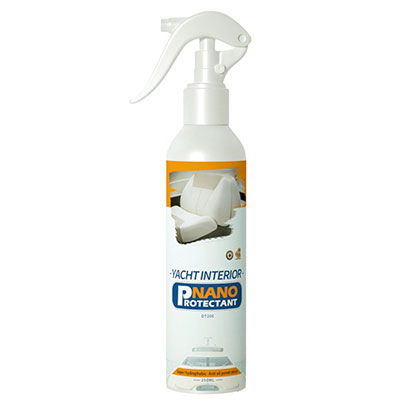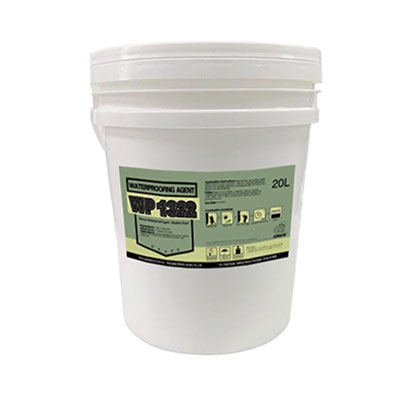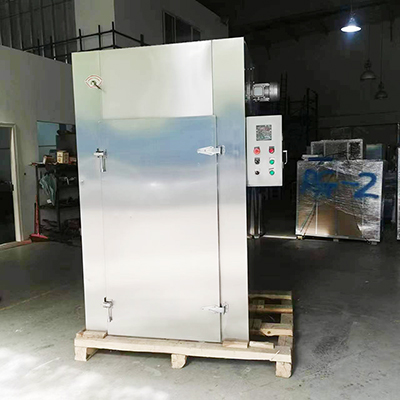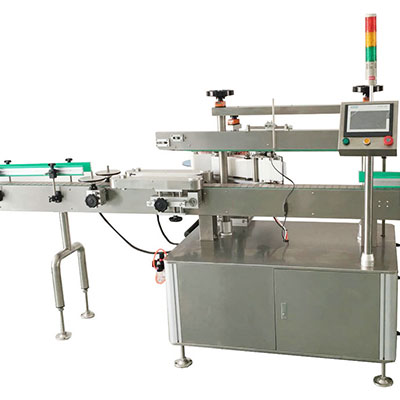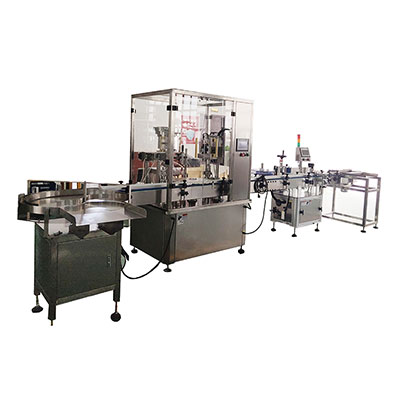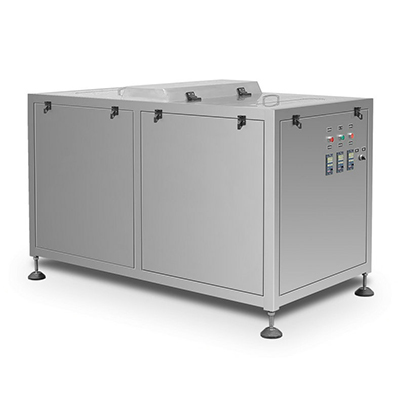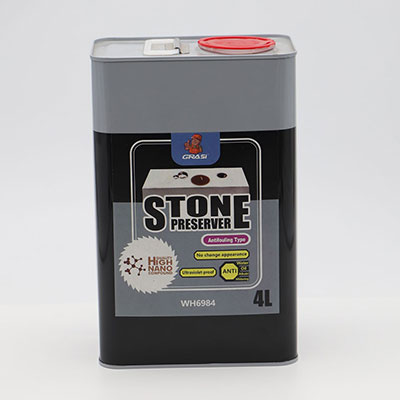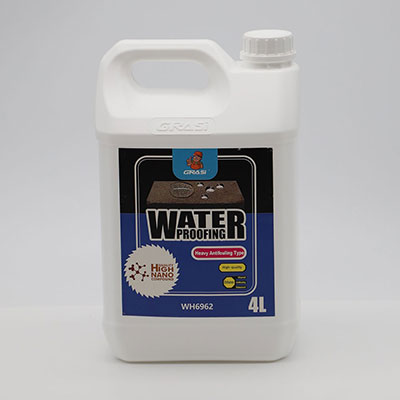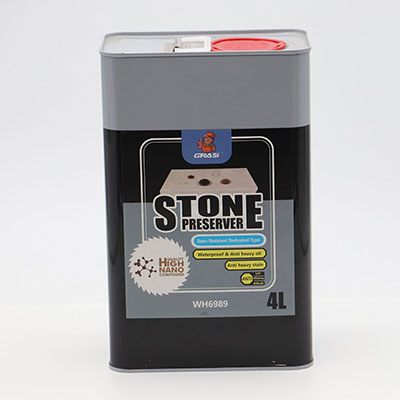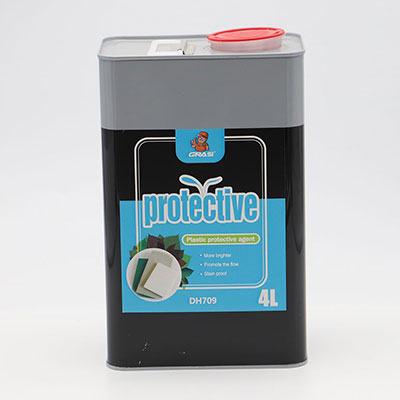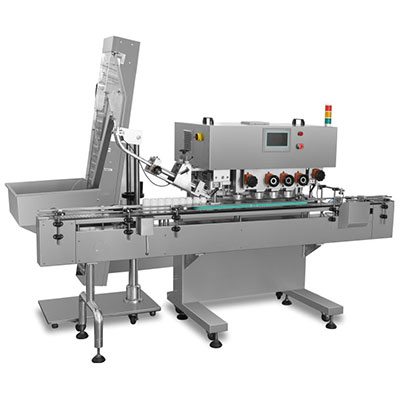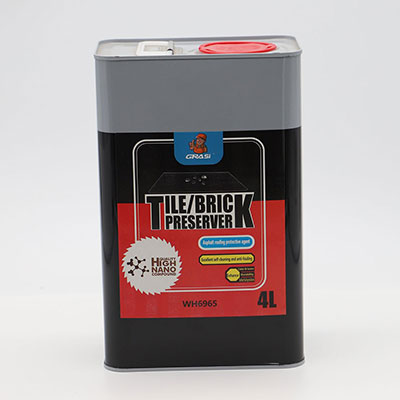Pigments / Dyes
Everyday we open up eyes to see colorful objects around us. The elements and substancesthat make everything colorful are, on the one hand, divided into inorganic and organiccolorants according to the chemical structure. On the other hand, the designationpigment or dye is geared toward how the colorant behaves in a particular medium.Therefore, the distinction between pigment and dye is not rigid and a single substancecan be both a pigment and a dye at the same time.
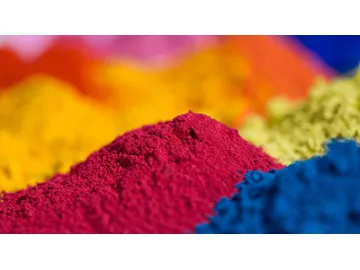
Pigments are made up of particulate matter that is insoluble in its vehicle andtherefore must be finely dispersed in a binding agent. Due to their optical propertiesthey are used as chromophoric substances, for example in paints, printing inks or inkjetinks or, thanks to special technical and chemical properties, as anticorrosive agentsfor example.
Dyes are also inorganic or organic colorants which, in contrast to pigments, arecompletely soluble in their vehicle (water or organic solvents). They are used, forexample, to color textiles (textile dyes), plastics and plastic fibers and aschromophoric substances in food technology, e.g. beta-carotene in soft drinks.
Links:https://globefindpro.com/products/4972.html
-
 Agitator Bead Mill, NT-V
Agitator Bead Mill, NT-V
-
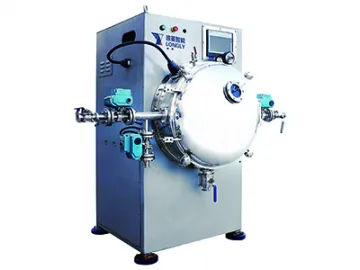 Vacuum Deaerator, LTP
Vacuum Deaerator, LTP
-
 Components
Components
-
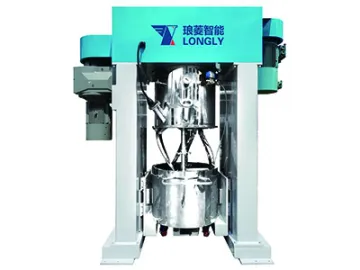 Planetary Mixing Machine, XJ
Planetary Mixing Machine, XJ
-
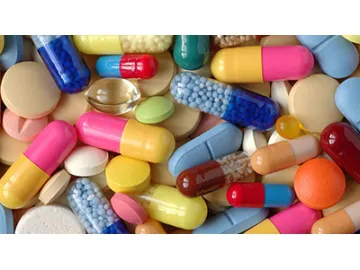 Pharma & Cosmetics
Pharma & Cosmetics
-
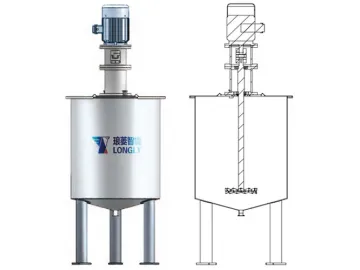 Mixing Tank
Mixing Tank
-
 LH5 CNC Horizontal Wire Foam Cutting Machine
LH5 CNC Horizontal Wire Foam Cutting Machine
-
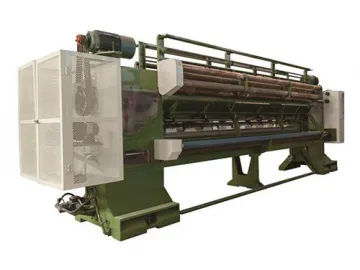 Carpet Tufting Machine
Carpet Tufting Machine
-
 Carpet Tufting Machine, with Double Sliding Needle Bar
Carpet Tufting Machine, with Double Sliding Needle Bar
-
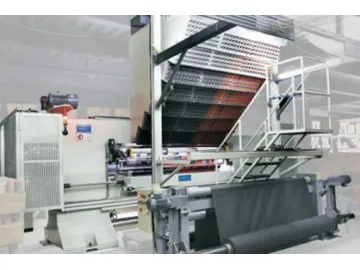 Multi-color Carpet Tufting Machine, COLORDOT
Multi-color Carpet Tufting Machine, COLORDOT
-
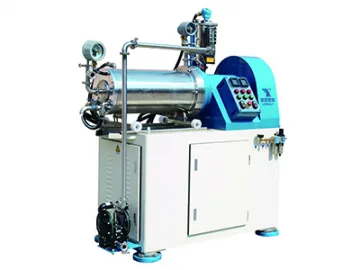 Agitator Bead Mill, LSM
Agitator Bead Mill, LSM
-
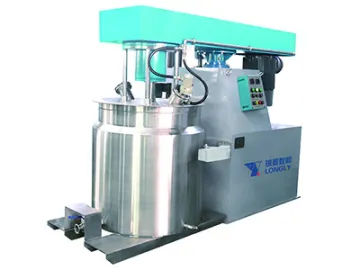 Submersible Basket Mill, LBM
Submersible Basket Mill, LBM
